Dumble amps: the legacy and legend
Following the death of Alexander Dumble, we take a deeper dive into the legendary designs that bear his name, and the gear and sounds that followed from his influence
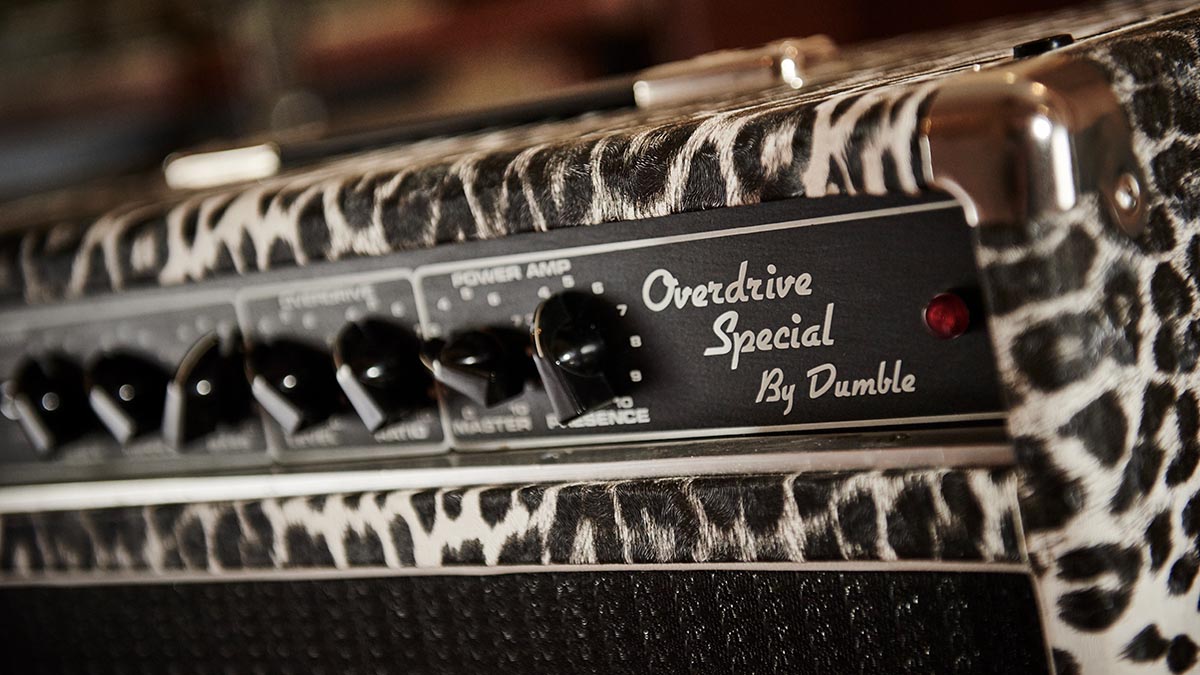
With a background in music and electronics, combined with a somewhat entrepreneurial tendency, Howard Alexander Dumble (who later asked to be known as Alexander) had a future in amplifier design that was almost preordained. Growing up in Bakersfield, California, Dumble sold homemade transistor radios to his school friends and built a 200‑watt PA system for the local junior baseball team.
As an epicentre of progressive rock and electric guitar development, California – particularly Los Angeles and the San Francisco Bay Area – was driven by local bands including Jefferson Airplane, The Grateful Dead, The Byrds, Little Feat and Santana.
After leaving school, Dumble was introduced to the luthier Semie Moseley in Santa Cruz, who was looking for someone to design an amplifier to complement his Mosrite guitar range. Dumble built 10 or 11 Mosrite amps, but the deal went sour, with Dumble returning to build amps for himself, one at a time.
His first ‘real’ amp – often considered to be a prototype for the Overdrive Special – was called the Explosion. According to legend, Dumble’s inspiration for the Overdrive Special came from seeing Robben Ford play through a ’60s piggyback Fender Bassman head and cab.
His circuit was loosely based on ’60s Fender ‘black-panel’ designs, with a beefed-up power stage and a clean channel followed by a tone network, followed by a footswitchable overdrive section into which the clean preamp section cascaded.
The cascading gain concept had already been made popular by Mesa Engineering. But Dumble – who was an accomplished guitar and bass player – didn’t care for Mesa’s approach and changed the position of the overdrive section, moving it back after the tone controls. This allowed for a fatter, rounder overdrive tone that was further tweaked with toggle switches for Bright and Deep functions, as well as a Jazz/Rock switch that shifted the amp’s character to a flatter EQ with less gain.
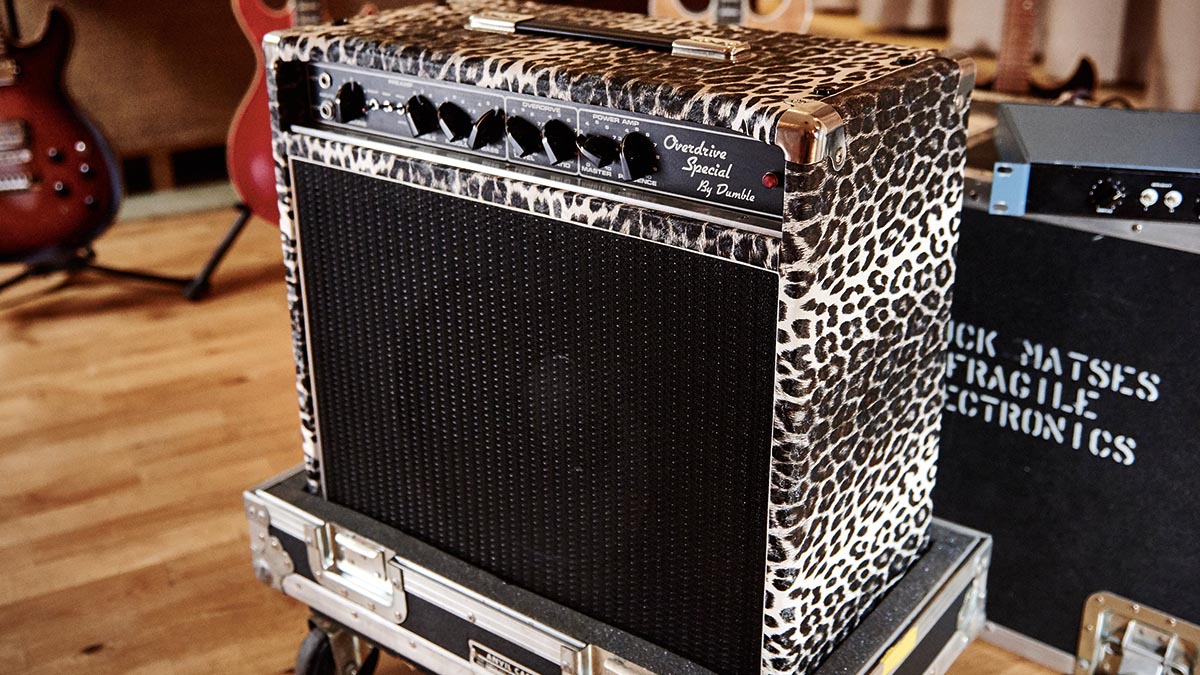
One By One
Dumble wasn’t interested in mass production; he was happy building his amps one at a time, each one individually tailored to the needs of the artist he was working with. Consequently, they’re all different, with subtle (or not-so-subtle) changes to component values and positioning in order to bring out the desired characteristics.
All the latest guitar news, interviews, lessons, reviews, deals and more, direct to your inbox!
The nature of the preamp means there’s an inherent compromise between clean and overdrive sounds because one drives the other with a shared EQ. So this is one area that Dumble would have varied depending on the customer’s needs – we know some ODS models have clean channels that distort earlier, while others stay clean all the way up to 10.
The circuit was constantly updated and improved, Following the Fender-influenced early designs of the ’70s, a different ‘Skyline’ EQ was added in the ’80s. This was another modification that added a separate internal ‘set and forget’ EQ for the overdrive section – called the ‘HRM’ (‘Hot Rod Marshall’ or ‘Hot Rubber Monkey’, depending on whose books you read) – to address the shared EQ compromise.
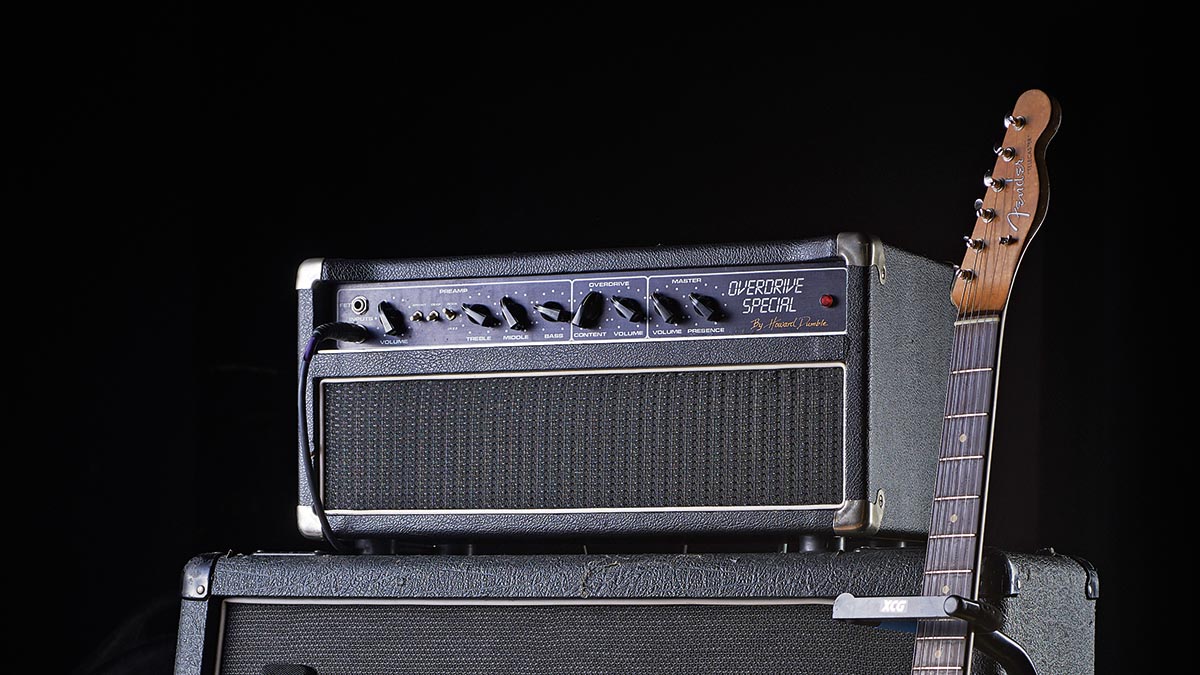
For the Overdrive Specials, Dumble built everything from the aluminium chassis to the hand-drilled eyelet boards, giving him complete control over where the components should be placed.
This is a fundamental part of the Dumble’s unique tone and dynamic character. In more than one interview, Dumble himself said it wasn’t just the schematic, and that the parts and layout were equally important, which explains why he began covering his preamp boards with epoxy resin ‘goop’ as his reputation grew.
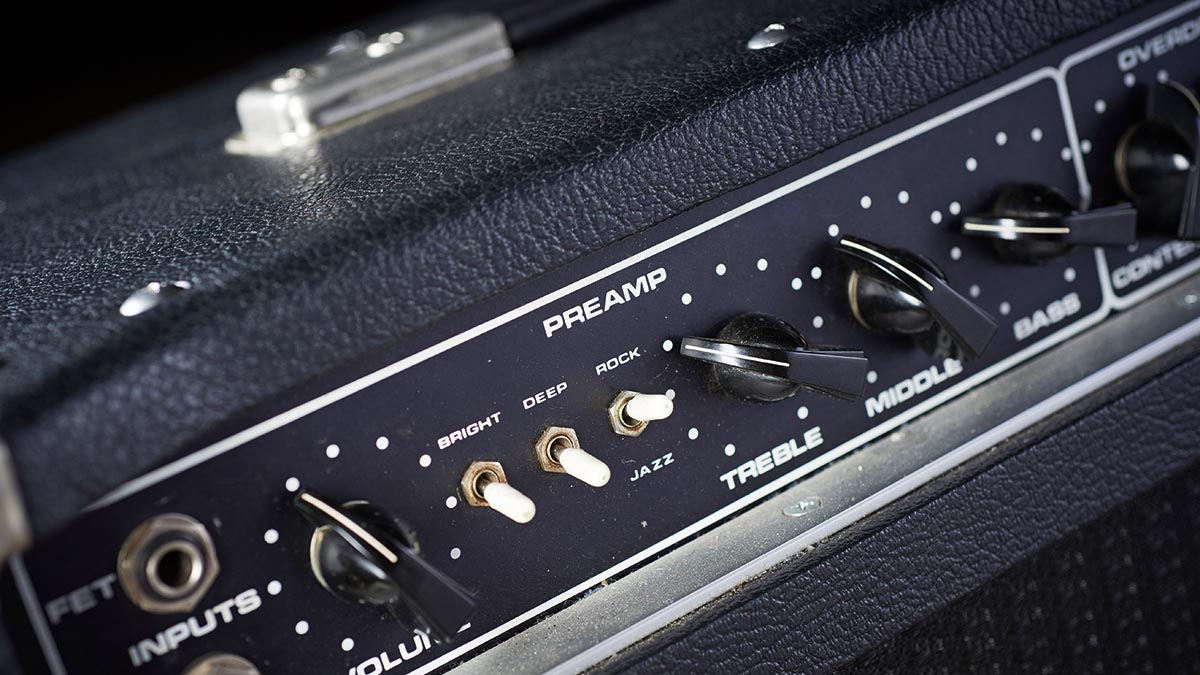
Private Eye
Dumble was notoriously protective of his work and there are plenty of examples of the infamous contracts he made prospective clients sign. These documents meant people were forbidden to open the chassis, photograph the internal layout or even sell the amplifier on without his permission, although it’s unlikely such stipulations were ever tested in court.
Nevertheless, several examples have been ‘de-gooped’ and component values and layouts recorded for posterity, one of the most well documented being serial number 124.
This writer was fortunate to peer inside a gooped example several years ago, revealing a layout and construction typical of many handmade one-off amplifiers, with a mixture of mostly New Old Stock components sitting on a hand-drilled formica eyelet board. It was clear each visible component and wire had been individually selected and precisely placed.
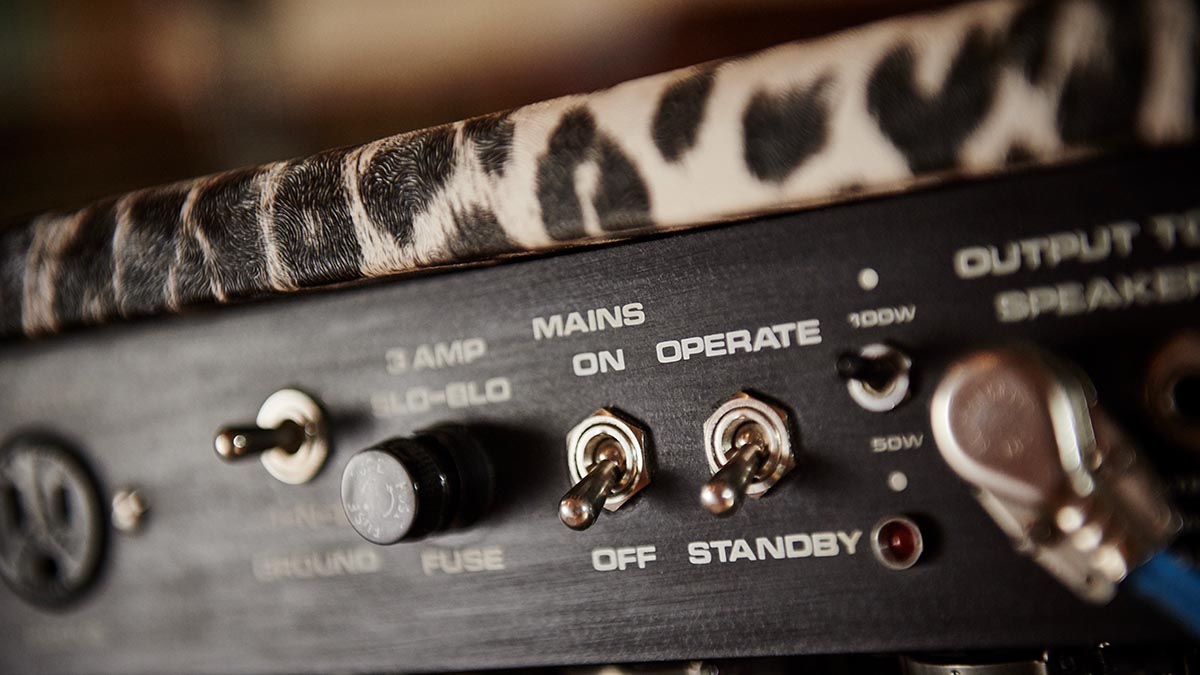
The ODS was a product of its time – built to last, intended for professional use on big stages, and calibrated to come into sonic focus at high volume. Dumble also built his own cabinets, mostly using semi-closed-back designs with carefully tuned oval ports to enhance the mids and upper mids, teamed with high-sensitivity loudspeakers, such as JBL D140s or Dumble’s favourite, the Electro-Voice EVM12.
Dumbles didn’t have a proper effects loop; there was a pair of insert jacks between the preamp and power amp sections intended to be used with a standalone buffered effects loop circuit with variable send and return level controls, called the Dumbleator. Some later amps had the Dumbleator circuit built in. Most Overdrive Specials didn’t include reverb, but a few were made and called Overdrive Reverbs.
Dumble used the 6L6 power valve for most of his amps, although later there was a run of EL34-powered ODSes, including serial number 183, which is another frequently copied design.

Other famous Dumbles include Larry Carlton’s 6V6-powered model, one of two owned by the LA session legend and commissioned for use in smaller clubs – and, of course, Robben Ford’s celebrated serial number 102, possibly the most coveted of all Dumbles.
Slightly less well-known perhaps, serial number 75 was owned by session guitarist Steve Farris of Mr Mister fame and is responsible for some of the best recorded examples of higher-gain Dumble tones, as heard on the 1985 album Welcome To The Real World.
Of course, Dumble didn’t just build Overdrive Specials. Alongside earlier designs including the Dumbleland and Winterland, his other most well-known design is the Steel String Singer, a single-channel high-headroom 100-watt head used by Stevie Ray Vaughan, John Mayer, Eric Johnson, Jackson Browne and David Lindley, to name just a few.
To our knowledge, SSS serial number 1 was commissioned and is still owned by avant-garde experimentalist Henry Kaiser, who owns several other Dumbles. SSS number 2 was commissioned by Jackson Browne and we believe currently lives with John Mayer, who also owns several other Dumbles.
Besides building his own designs from scratch, Dumble also modified several Fender and Marshall amps for various artists including Eric Clapton and Kenny Wayne Shepherd. There were customised tweed Deluxes he renamed ‘Tweedle Dees’ and, to our knowledge, a one-off based on a tweed Bassman called the ‘Manzamp’, which was commissioned and is presumably still owned by Bonnie Raitt.
D-Style Tone
With fewer than 300 real Dumble amps in circulation, supply will always be vastly outstripped by demand, so it’s hardly surprising that many amp builders have tapped into this market. Some are similar to Dumble: small one- or two-person operations building high-quality replicas, often of specific ODS or SSS serial numbered amps.
Bludotone’s Brandon Montgomery is one such builder whose products have found their way into the rigs of users including Carlos Santana, Jon Herington and Larry Carlton. Other well-known names in this category include Amplified Nation, Louis Electric and Jelle Welagen.
Meanwhile, amp builders such as Fuchs Audio Technology, Two-Rock and 633 Amplification have taken the Dumble as their inspiration and extended its capabilities, producing new designs that are perhaps more relevant to today’s demands.

For those of us on a budget who crave that Dumble tone, there are many pedals that can get you into the ballpark. Standout mentions would include the Ethos Overdrive, Van Weelden’s Royal Overdrive and Wampler’s Euphoria, while there are various kits available in the burgeoning DIY market, the most well known being Malaysia’s Ceriatone.
With Dumble’s departure, opportunities to see and hear the real thing may become even more limited as they’re likely to spend more time in bank vaults than on stages. Though, thankfully, there are plenty of alternatives at all price points. While Alexander Dumble may have taken a lot of irreplaceable guitar amp knowledge with him, he’s left behind a sonic legacy that will likely last forever.
- Those looking to indulge themselves further in the work of the master amp builder will do well to seek out Jesse Schwarz’s rare and definitive A Dumble Book, published in 2009.
Nick Guppy was Guitarist magazine's amp guru for over 20 years. He built his first valve amplifier at the age of 12 and bought, sold and restored many more, with a particular interest in Vox, Selmer, Orange and tweed-era Fenders, alongside Riveras and Mark Series Boogies. When wielding a guitar instead of soldering iron, he enjoyed a diverse musical career playing all over the UK, including occasional stints with theatre groups, orchestras and big bands as well as power trios and tributes. He passed away suddenly in April 2024, leaving a legacy of amplifier wisdom behind him.


